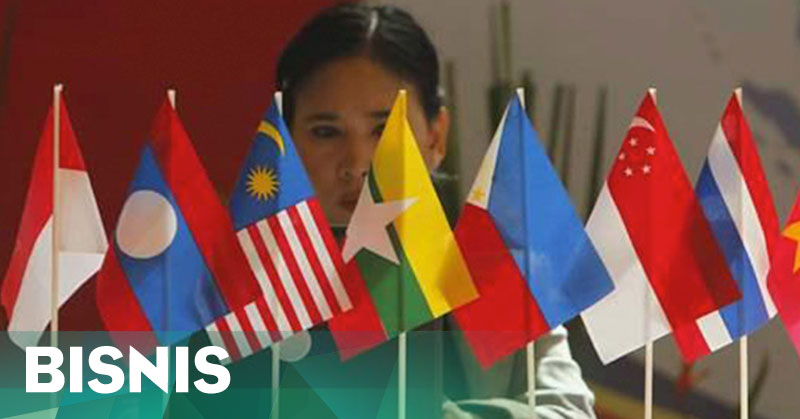ASEAN Partners (countries in the Southeast Asian region) have substantial market liberalization in the last two decades, accompanied by deep regional integration. ASEAN has achieved a significant removal of tariffs and non-tariff barriers, engaged in trade facilitation programs, and worked in coordination, rules of origin, among other initiatives. However, Intra-ASEAN patterns of trade, while expanding fast, have remained similar to 2000 levels. The region seems to be supporting the extra-ASEAN integration more than building the Intra-ASEAN production base project.
The characteristics of the global value chain are high fragmentation with many industries throughout the country participating in the production process, by adding some value to the goods, not by producing the goods ultimately (production sharing). In the last 20 years, members of ASEAN participated more actively in the global value chain. They changed to be the region with the most significant trading share under the production sharing structure.
However, ASEAN has a significant dependence on foreign inputs, mainly from East Asia. Both export and import of semi-finished goods are regional, indicating that ASEAN has become a more regional and less globally-oriented region, even though in value, ASEAN has increased its global exports.
Production networks under the ASEAN plus six. A good deal or a threat?
This study distinguishes trade flows from gross terms and Value-added terms. It also considers the gains in the expansion of the free trade agreement with the ASEAN to the six strategic partners (South Korea, China, India, New Zealand, and Australia). The study uses a global input-output dataset that includes 29 countries and 35 sectors and evaluates the changes in the vertical specialization pattern in the ASEAN Plus Six region and analyzes the role changes by ASEAN when the region strengthened its connection with other Asian partners.
East and South Asian Partners (India) are reliable drivers of trade and growth in the Asian region. This study, through a production network approach, reveals the importance of this structure in rapid trade expansion in the ASEAN region. Results found a more reliable regional integration and decrease global relations with North America and the European region.
ASEAN grew its trade flows in East Asia, maintaining the level of Intra-ASEAN vertical integration, and experiencing market loss in Europe and North America (NAFTA). The most significant change in the vertical trading pattern for ASEAN emerged as the organization increased its participation by joining GVC.
The dynamics of ASEAN growth emerge as ASEAN is connected to the entire Asian network, which means more excellent coverage of integration can help the region to expand more. East Asia and India are changing their trading patterns towards an export share of finished goods larger than a semi-finished product. Changes in East Asia and India patterns open up opportunities for ASEAN to equip them by supplying spare parts and components (IPC), and divert production of IPC in the ASEAN region.
Further integration with ASEAN Plus Six also represents a challenge for the ASEAN. 1) East Asia relies on low foreign VA 18% for their exports, 2) Re-exports from Plus Six are not as large though, 3) Plus Six members had the more productive capability, technical innovation, and broader global networks than ASEAN, which might result in larger completion, 4) ASEAN comprises a negative trade balance with all trading associates when considering trade under Value-added, while overall positive under gross terms.
Author: Miguel Angel Esquivias Padilla
Details of this research available at:





